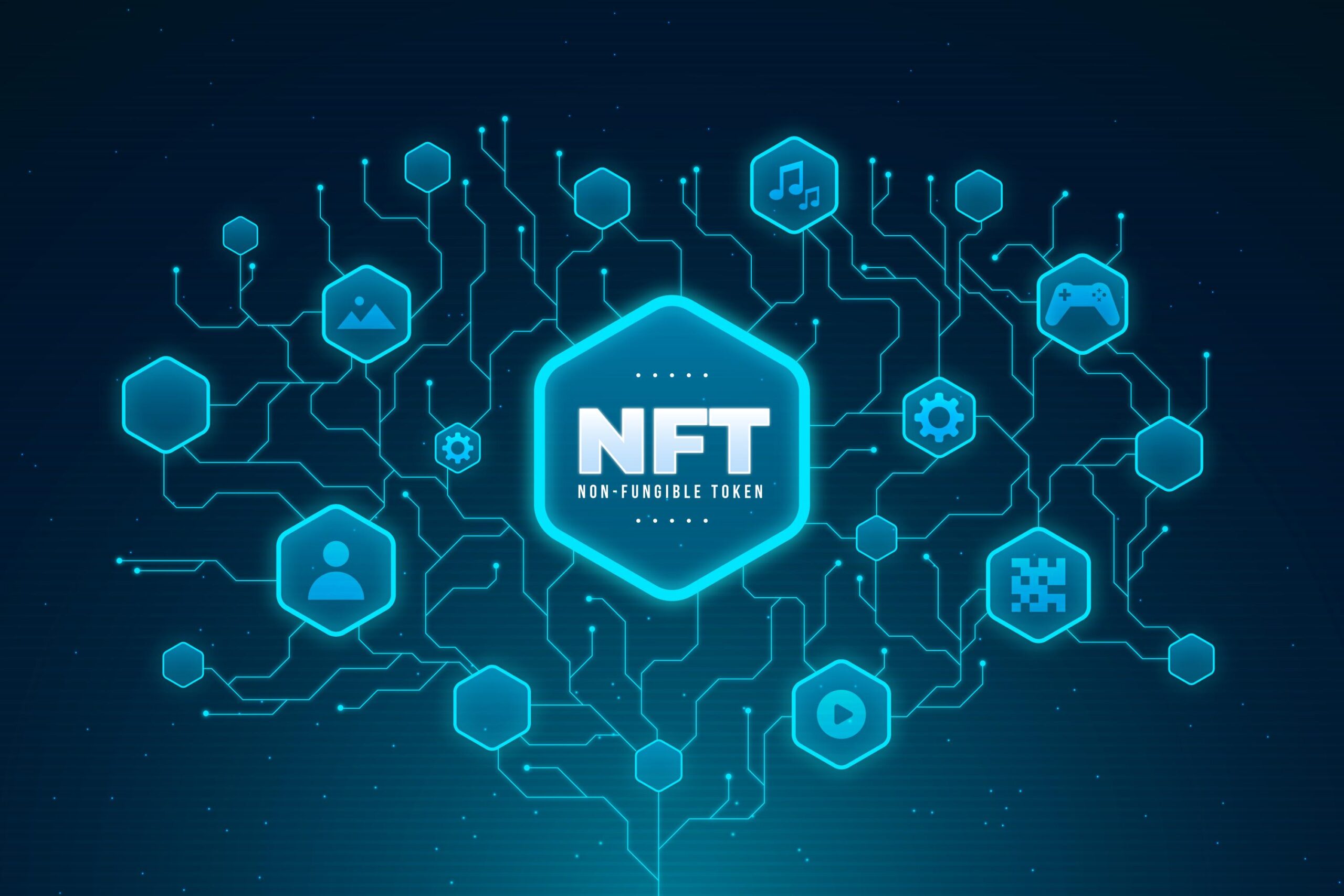Introduction to DeepSeek and ChatGPT
In the rapidly evolving field of artificial intelligence, two significant players have emerged: DeepSeek and ChatGPT. Both tools showcase advanced capabilities in natural language processing, yet they serve different purposes and audiences. Understanding their origins and the underlying technology is crucial for appreciating their unique propositions.
DeepSeek is an innovative AI-driven search platform that focuses on providing personalized and context-sensitive information retrieval. Developed by a team of computer scientists and engineers dedicated to enhancing user experience, DeepSeek utilizes semantic search algorithms and machine learning techniques to sift through vast volumes of data efficiently. The primary function of DeepSeek is to assist users in uncovering relevant content by understanding the context behind their queries, making it a valuable tool for researchers, academics, and information specialists.
On the other hand, ChatGPT, developed by OpenAI, is a conversational agent designed to understand and generate human-like text. Launched as part of OpenAI’s efforts to advance AI capabilities responsibly, ChatGPT leverages the extensive training it received on diverse datasets, allowing it to engage in meaningful conversations across various topics. The target audience for ChatGPT spans from casual users seeking assistance or entertainment to businesses integrating AI into customer service and support.
Both tools emerge from a broader trend in artificial intelligence, where the emphasis is shifting towards creating systems that enhance human-computer interaction and facilitate knowledge discovery. The development of DeepSeek aligns with the growing need for effective information management, while the advancements in ChatGPT resonate with the increasing demand for engaging user experiences in digital communications.
Through this overview, we establish a foundation for a detailed comparison of DeepSeek and ChatGPT, examining their capabilities, strengths, and the roles they play in the expanding landscape of AI technologies.
Key Features and Capabilities
When assessing the strengths of DeepSeek and ChatGPT, it is essential to delve into their key features and capabilities, which significantly influence their utility in various applications. Both are designed to process natural language but employ different methodologies that yield varying outcomes.
DeepSeek excels in its advanced natural language processing (NLP) proficiency, particularly suited for search-related tasks. It integrates semantic understanding by employing deep learning techniques that allow for a more nuanced grasp of user queries. Consequently, this results in more accurate and context-aware responses, making it an excellent choice for applications that demand a high degree of comprehension regarding user intents. Additionally, DeepSeek’s architecture supports a robust integration framework with existing systems, enabling organizations to enhance their search functionalities without requiring significant overhauls of their current infrastructure.
On the other hand, ChatGPT is renowned for its conversational ability and flexibility in generating human-like text. It handles various prompts adeptly, making it a versatile tool for multiple use cases, from casual conversations to complex narrative generation. The model’s strengths lie in its context understanding and adaptive learning, which allow it to maintain coherent dialogues over extended interactions. Furthermore, ChatGPT’s ease of use is noteworthy; it is designed to be user-friendly, even for those without technical expertise. Users can easily deploy it through straightforward application programming interfaces (APIs) or user interfaces.
Comparatively, while DeepSeek demonstrates superior skills in information retrieval and context comprehension, ChatGPT shines in its conversational abilities and adaptability. Each tool’s effectiveness will largely depend on the specific needs and goals of the user, making it crucial to weigh these features against the intended application before making a decision.
Use Cases and Real-World Applications
In today’s rapidly evolving technological landscape, both DeepSeek and ChatGPT have emerged as formidable tools with diverse applications across various industries. Understanding the use cases of each platform offers valuable insights into their real-world efficacy and impact.
One of the primary domains where these platforms are making substantial inroads is customer service. ChatGPT, with its conversational AI capabilities, is increasingly employed by companies to automate customer interactions. For example, businesses are utilizing ChatGPT to manage inquiries, provide product recommendations, and resolve common issues, thereby improving response times and enhancing overall customer satisfaction. Testimonials from companies indicate that implementing ChatGPT has led to a significant decrease in operational costs while allowing human agents to focus on more complex customer needs.
Conversely, DeepSeek is finding its niche within research-intensive sectors. Its vast analytical capabilities allow users to sift through extensive datasets and retrieve relevant information efficiently. For instance, researchers in academia and industry utilize DeepSeek to uncover insights from large volumes of text and data quickly. This function is particularly beneficial in fields such as biomedical research, where timely access to information can accelerate findings and innovation. Users have praised DeepSeek for streamlining the research process and enabling more productive collaboration among teams.
Furthermore, content creation is another area where both platforms shine. While ChatGPT offers tools for generating high-quality written content in various styles, DeepSeek assists writers in gathering information and inspiration from a multitude of sources. This collaboration between automated writing and research tools can significantly enhance the content development process, resulting in richer and more informative articles and posts.
In summation, the practical applications of DeepSeek and ChatGPT reflect their unique strengths and capabilities. By examining real-world use cases, users can better appreciate how each tool serves distinct functions, catering to diverse needs across industries.
Final Thoughts: Is it Hype or Value?
The discussion surrounding DeepSeek and ChatGPT has elicited considerable interest within the artificial intelligence community and beyond. As we analyze the features, benefits, and potential limitations of both tools, it is essential to assess whether the current enthusiasm stems from genuine value or is merely a product of hype. Expert opinions indicate that both DeepSeek and ChatGPT have unique strengths that cater to different requirements. DeepSeek’s focus on deep-seated data exploration distinguishes it from ChatGPT, which excels in conversational AI capabilities.
User feedback plays a crucial role in shaping perceptions of these tools. Many users report that DeepSeek’s ability to uncover complex data insights significantly enhances their research and decision-making processes. Conversely, ChatGPT has garnered praise for its fluid conversational skills, adaptability, and extensive dataset training, making it suitable for a wide range of applications. However, some users express concerns regarding the limitations of each tool, including issues related to data accuracy and the contextual relevance of responses generated by ChatGPT.
Looking ahead, the future prospects for both DeepSeek and ChatGPT appear promising. Continuous advancements in AI technology suggest that both tools will evolve and address current limitations, thereby delivering increased value over time. Organizations seeking to leverage artificial intelligence must consider their specific needs when choosing between these two offerings. In the complex interplay of features and user experience, it is critical to discern whether the excitement surrounding these tools is justified or if it represents a temporary trend in a rapidly changing landscape.
Ultimately, the decision will hinge upon individual requirements and expectations, spotlighting the importance of thorough research before committing to one tool over the other.






